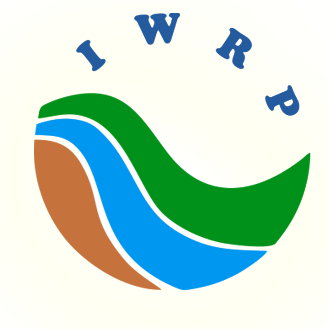

It is important that cross-sections are defined to be large enough to convey the peak flow. If the spill crest elevation is higher than the top of the bank of a connecting open channel and the water level is above the top of the channel, Table E10 of the output file a warning indicating this as a source of model error. A run time error will be generated if it is not. If an open channel is connected to a node, the spill crest (elevation where surface flooding occurs) should be set at the elevation where the HGL exceeds the defined maximum depth of the cross-section. pipes), it is defined as the crown elevation of the highest connecting pipe. For a node connected only to closed top conduits (i.e. The surcharge elevation of a node is computed automatically by the Hydraulics mode during the simulation. This may be either a real or conceptual upper limit to the junction. The spill crest (ground elevation) of a node (ft or m) is the physical top of the junction. With this extra effort, dual "major" (street surface) and "minor" (sub-surface sewer network) drainage systems can be simulated using a parallel system restricting flow in both directions. can also be simulated as orifices or rating curves if their hydraulic characteristics are known. In this construct dual drainage can be simulated with flow overland and only partial flow in subsurface conduits. Inlet Capacity can be invoked to limit the amount of water received by the node from the interface file and overland conduits as a maximum capacity or a rating of approach vs. captured flow. With this arrangement, water may surcharge (move vertically out of a “manhole-pipe”) and return to the sewer system at a downstream location through another “manhole-pipe” after traversing an overland channel. It is not necessary to simulate manholes as vertical pipes in order to transport water. A new conduit is constructed by the user to transport the flooded water from the ground elevation of the upstream junction to the ground elevation of the downstream junction. Occasionally it is necessary to perform routing on the water that floods onto the ground. Node data are required for every node in the network including regular nodes, storage and diversion (orifice and weir) nodes, pump nodes, and outfall nodes. Inflows such as hydrographs and outflows such as weir diversions, pumps and flooding take place at the nodes. The calculated variables associated with the node are volume, head and surface area. Nodes are the storage elements and correspond to manholes or pipe and channel junctions. The Hydraulics mode uses a link-node network to describe the collection/conveyance system and thereby the mathematical solution of the gradually varied unsteady flow equations that form the basis of the solution. To input or edit the attribute or model hydraulic node data, either double click on a node, or select the node and press the Enter key while in Hydraulics Mode.


 0 kommentar(er)
0 kommentar(er)
